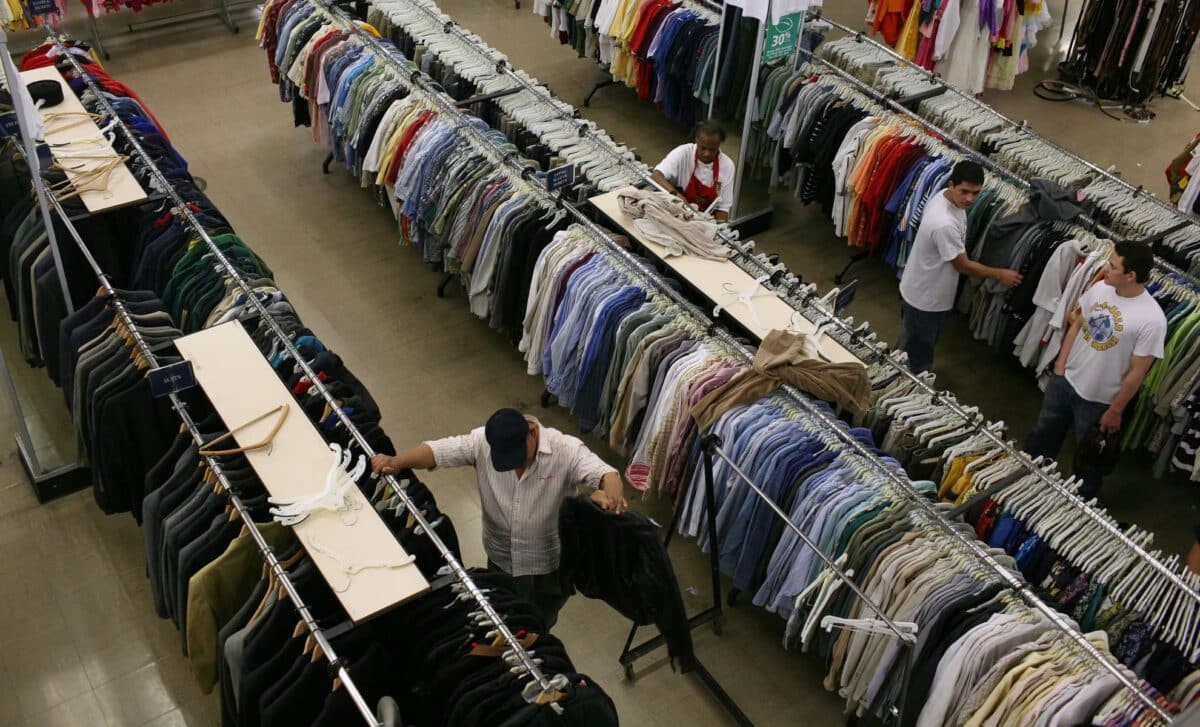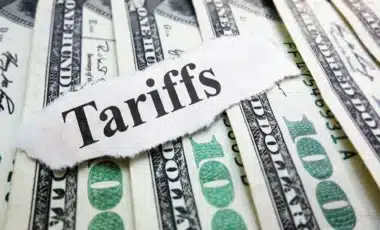Sending children back to school this fall could become significantly more expensive for American families, as new tariffs on imported goods are expected to raise the price of everyday items like sneakers, jeans, and T-shirts. These increases could make back-to-school shopping a financial challenge, especially for lower-income households.
The introduction of higher tariffs by the U.S. government, a move originally initiated during the Trump administration, will likely affect not only clothing prices but also broader consumer goods.
Impact on U.S. Apparel and Footwear Prices
According to the American Apparel & Footwear Association, about 97% of clothing and shoes purchased in the U.S. are imported, predominantly from Asia. The tariffs, which range from 32% to 54% depending on the country of origin, are particularly high on products from China, Vietnam, and Bangladesh.
Major retailers like Walmart, Gap Inc., Lululemon, and Nike, whose supply chains rely heavily on these countries, are expected to pass these increased costs on to consumers.
For instance, a pair of work boots from China that currently retails at $77 could see a price hike of up to $38, while running shoes from Vietnam might jump from $155 to $220. The Footwear Distributors and Retailers of America (FDRA) predicts that lower-income families will bear the brunt of these increases.
According to their estimates, a pair of children’s shoes from China that currently costs $26 could rise to $41 by the start of the school year.
Retailers’ Strategies and Industry Shifts
The tariffs have also led to shifts in production strategies. Retailers and manufacturers, including brands like Nike, Levi Strauss, and Ralph Lauren, have reduced their reliance on Chinese factories.
Lululemon, for example, now sources 40% of its products from Vietnam, while other companies are turning to countries like Cambodia, Indonesia, and Sri Lanka to mitigate the impact of the new tariffs.
However, this shift has not been entirely smooth. Industry experts warn that the U.S. lacks the domestic infrastructure to support a significant increase in garment manufacturing.
According to the Footwear Distributors and Retailers of America, the U.S. does not have the necessary materials or workforce to replace its Asian supply chains. This means that fully reviving American garment manufacturing would require substantial investment and time.









